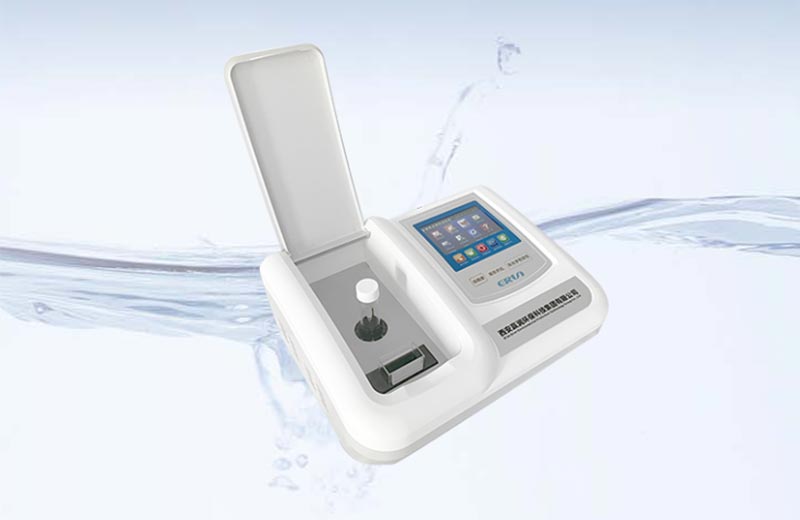Phenolphthalein alkalinity and total alkalinity are two important indicators in water quality testing that are used to measure the amount of alkaline substances in a body of water, but there are significant differences between the two in terms of their definitions, methods of measurement, and the range of alkalinity substances covered.

Phenolphthalein Alkalinity: Phenolphthalein alkalinity is the amount of alkaline material in a body of water that is capable of reacting with a phenolphthalein indicator.Phenolphthalein indicator is colorless in acidic environments and pink in alkaline environments (especially at pH > 8.2).Thus, phenolphthalein alkalinity primarily reflects the amount of hydroxide ions (OH-) and a portion of carbonate (mainly CO3^2- remaining after CO3^2- combines with H+ at pH 8.3) in the water column.
Total alkalinity: Total alkalinity, on the other hand, is the total amount of all substances in the water column that can neutralize strong acids, including carbonates, hydroxides, bicarbonates, and other alkaline salts that may be present.Total alkalinity is an important indicator of the buffering capacity of a water body, which reflects its ability to resist the intrusion of external acids.
Phenolphthalein alkalinity: When measuring phenolphthalein alkalinity, phenolphthalein indicator is usually added to the water sample to be tested, and then titrated with an acidic titrant (e.g., hydrochloric acid) until the color of the solution is changed from colorless to pink, at which time the volume of titrant consumed is the measure of phenolphthalein alkalinity.This process occurs mainly when hydroxide ions and some of the carbonates react with hydrogen ions.
Total Alkalinity: Measurement of total alkalinity, although phenolphthalein is also often used as a preliminary indicator (for determining the alkalinity of carbonates and hydroxides).However, it is common to continue to add an indicator such as methyl orange and titrate to a lower pH (e.g., 4.5) using an acidic titrant to determine the total amount of all alkaline substances, including bicarbonates.At this point, the volume of titrant consumed is a measure of the total alkalinity.
Phenolphthalein alkalinity: mainly covers the amount of hydroxide ions and a portion of carbonates in the water column and is part of the total alkalinity.
Total alkalinity: then covers the total amount of all alkaline substances in the water body that can neutralize with strong acids, including carbonates, hydroxides, bicarbonates, etc.
In summary, phenolphthalein alkalinity and total alkalinity each have their own unique definitions, measurements and coverage in water quality testing. Together, they provide important data support for assessing the alkaline characteristics and buffering capacity of water bodies.